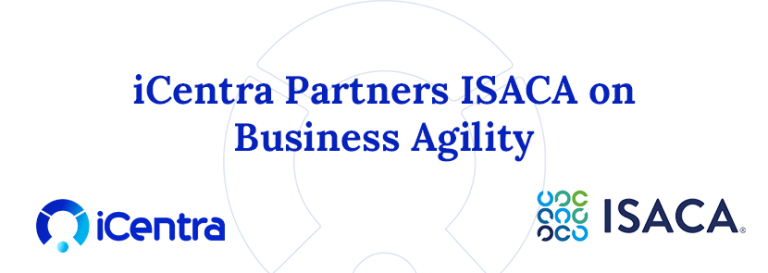As we progress into 2025, the global scene is more interconnected and unpredictable than ever. Organizations must contend with a mix of political, economic, digital, and social risks. These trends do not operate in silos, instead they intersect and compound each other, creating new challenges for decision-makers and risk professionals alike.
We believe that recognizing and preparing for these emerging threats is not just a function of compliance, it is a business imperative. Below are key risk trends we expect will shape the year ahead, and what organizations can do to stay ahead.
1. Cybersecurity and Digital Risk Escalation
Cyberthreats continue to grow in complexity and scale. In 2025, the rise of AI-driven cyberattacks, deepfakes, and data manipulation will pose new risks. Critical infrastructure and high-value data will remain prime targets for cybercriminals and state-sponsored actors. Additionally, regulatory scrutiny around data privacy will intensify.
Organizations must invest in cybersecurity infrastructure, conduct regular audits, and train employees to recognize emerging digital threats. A proactive, not reactive, approach to cybersecurity is essential.
2. Economic Volatility and Inflationary Pressures
Global inflation, interest rate fluctuations, and slow economic recovery in certain regions will impact business operations, especially for companies relying on global markets or raw materials. With increasing debt burdens in both public and private sectors, 2025 may see tighter credit conditions and reduced investor confidence.
Enterprise risk assessments should include economic stress-testing. Finance and strategy teams must collaborate to build financial buffers and revise budgets based on updated macroeconomic forecasts.
3. Political Instability and Governance Shifts
In 2025, political uncertainty will continue to pose significant risks, particularly in regions experiencing elections, regime changes, or rising populism. Trade policies, regulatory shifts, and geopolitical tensions (especially involving major global powers) are likely to affect everything from supply chains to data governance.
Organizations must monitor geopolitical developments and update their contingency plans regularly. Diversifying vendors and building regional partnerships can reduce exposure to political volatility.
4. Technological Disruption and AI Ethics
AI is no longer a distant innovation; it is embedded in day-to-day operations. But its growing adoption brings challenges in algorithms, regulatory uncertainties, and unintended consequences of automation. In 2025, organizations that fail to build ethical AI governance structures risk legal, reputational, and operational harm.
Integrate ethical considerations into your digital transformation strategy. Ensure human oversight of AI systems, build transparency into data use, and stay updated with evolving tech regulations.
5. Environmental and Climate Related Risks
Climate risk is now mainstream. From supply chain disruptions due to extreme weather events to compliance risks tied to environmental regulations, sustainability is no longer optional. Investors and stakeholders are placing more pressure on companies to demonstrate environmental responsibility.
Conduct environmental risk assessments, develop climate adaptation strategies, and align with ESG frameworks. Companies should also disclose climate-related risks in their reporting.
6. Workforce and Talent Risks
Changing employee expectations, the hybrid work model, and increased focus on well-being and inclusion will shape workforce dynamics in 2025. Additionally, the demand for skilled talent in AI, cybersecurity, and digital fields will outpace supply.
Organizations should prioritize talent retention, upskilling, and flexible work policies. Risk management must now include workforce engagement and succession planning as strategic concerns.
7. Social Trust and Reputation Risks
Misinformation, political polarization, and social activism are reshaping public perception and stakeholder expectations. Organizations that do not align with social values or fail to communicate transparently risk losing trust.
Build a strong internal and external communication strategy. Monitor reputational risks on digital platforms and engage with stakeholders proactively.
This year will demand more than traditional risk frameworks. It will require agility, foresight, and a culture that values resilience at every level of the organization. At iCentra, we work with businesses to embed risk management into strategy, not just as a shield, but as a driver for growth.
Preparing for these emerging risks today means staying competitive tomorrow. The organizations that will thrive in 2025 are not necessarily the biggest, but those that are bold enough to see risk as opportunity.
Let iCentra help you make that shift. Visit www.icentra.com for more info.






